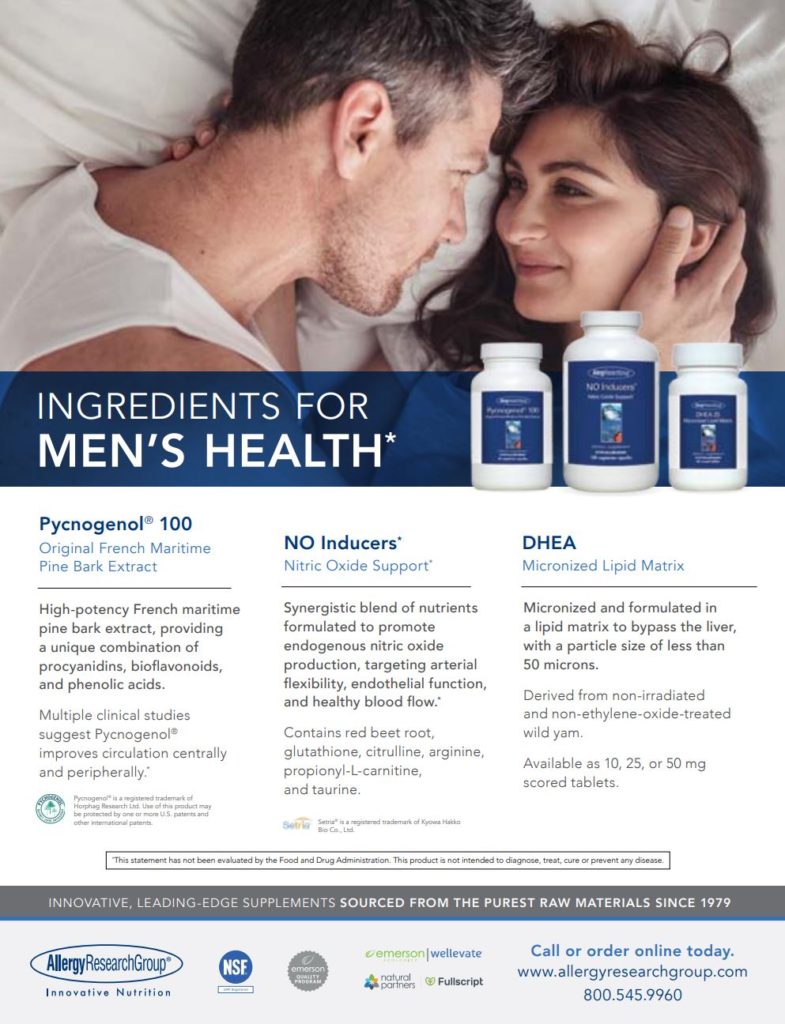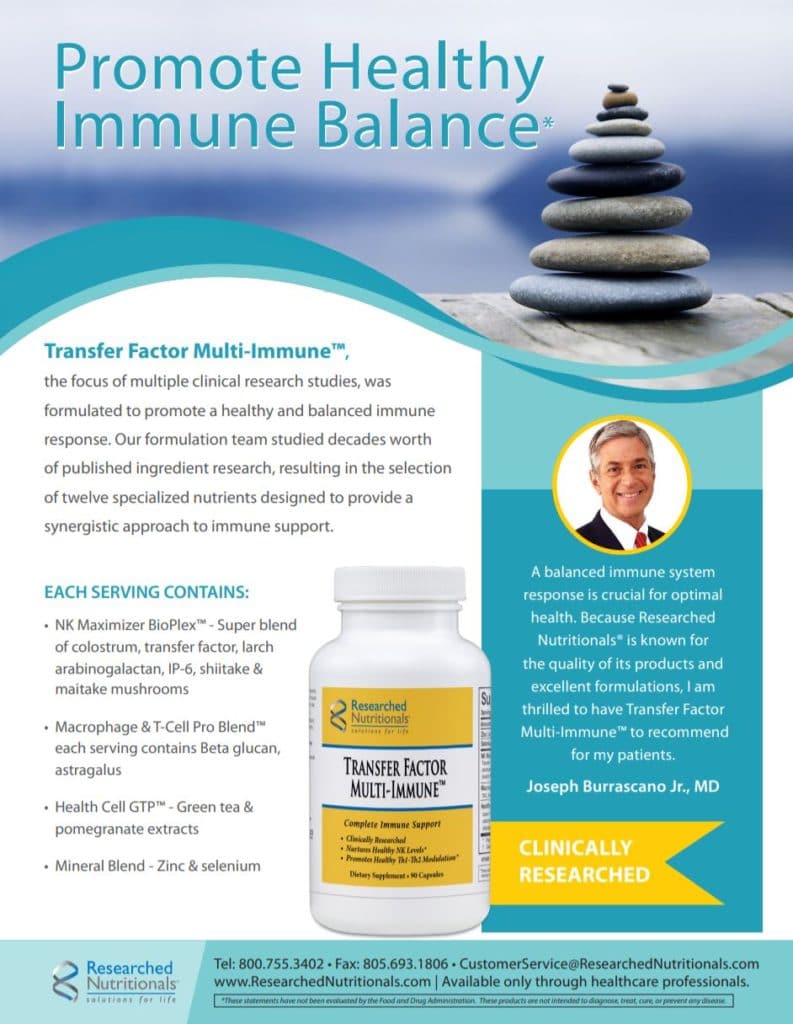Townsend Letter Index

For years our subject and author index was available, like the magazine, only on paper. With our first website we published the index online, but one would still need to find the article in the print magazine. In the last year www.townsendletter.com has been entirely redone. Not only are the current and previous issue tables of contents easily accessible but recently posted articles, best reads, and a blog post are all available on the home page. Thanks to the work of our index editor, Jule Klotter, and our webmaster, Joy Reuther-Costa, the index has now been completely updated and made easily accessible with a simple click on the banner tool bar.
The article you read a year ago may not be so easily remembered, but you can quickly search the index on our website. If the article is online, a simple click will bring the article up for fast review. We have also created an index of keywords for examining articles from past issues. Give a look-see of our website in the near future and be sure to include inspection of the newly accessible index.
Bioinformatics Tools for COVID-19 Management by Peter D’Adamo, ND
Over the past several months we have had a “deluge” of contributions from writers and readers about COVID-19. While many of these articles have appeared in the print and e-edition of the Townsend Letter, we have published others online only on our website, www.townsendletter.com (accessed by clicking on the “New Coronavirus Reports” green tab at the top of the website.) Located half-way down this page of diverse, colorfully illustrated article tabs is one labelled: “Generativity: Bioinformatics Tools for COVID-19 Management by Peter D’Adamo, ND.” I have given you these directions to find his article rather than a simple link because D’Adamo’s interactive article will also ask for your step-wise participation. Located all in one place, using an AI-structured, algorithmic, data-based program, practitioners are invited to key in patient diagnostics and best-evidenced therapeutics are mapped out for treatment of COVID-19. The data powered by datapunk.net is updated continuously, and hyperlinked journal references are immediately accessible for review. While D’Adamo’s bioinformatics tool has been posted for many months, we have neglected to give it its fair due in the print magazine. This is my request for you to take the effort to go to our website and access his column and spend some time learning how to “play” with this very well researched, physiological-mechanism-based, evidence-rated compendium of pharmacological and herbal treatments for COVID-19 and related viruses.
One reason that this article was posted online rather than printed is that “bioinformatics” works infinitely better on a screen than on a paper page. It may be ideal, if possible, to use two devices, a phone and a laptop or tablet, so that while the article is being read, the datapunk site can be viewed simultaneously. If nothing else the tabulated table of putative coronavirus agents that include some 100 drugs, herbs, and vitamins is a wealth of information. Each agent is hyperlinked to a Wikipedia entry providing an immediate description of drug or herb. Each agent is rated as to its effective activity against COVID-19 as well as corona, influenza, herpes, HIV, and hepatitis viruses. The evidence is rated as evidence-based, observational, case report, in-vitro testing, and speculative. The reference for the evidence is accessible for immediate reading directly from the table—this enables comparison of drug vs drug and herb vs herb as well as drug vs herb.
Using D’Adamo’s tool allows the user to enter clinical data about an individual patient. Symptom entries include temperature and symptoms such as myalgia, chills, cough, fatigue, dyspnea, dermatitis, oxygen saturation, heart rate, and more. Based on symptom entry the program identifies the stage of illness and then determines the top therapeutic indications graded by stage. Therapies are differentiated into those having highest level of significance, lower level of significance, possibly contraindicated, and requiring watchful monitoring. An indication strength of 1.0 would be absolutely indicated; a strength of 0.0 would be not indicated whatsoever. The therapeutic indications for the specific patient are then listed in numerical order with ratings of 1.0-0.0 (highest to lowest). Each remedy is sorted for stage of illness and symptom specificity.
The ultimate bioinformatics tool is a “Requisite Variety Matrix,” which appears as a spatial diagram. The matrix separates out several key physiological mechanisms that offer best synergistic support. Each therapeutic is spatially linked linearly to its key synergistic mechanism. The value here is that the AI-based algorithm is delineating therapeutics based on the patient’s diagnostics.
Is this the future of medicine—are we going to enter diagnostic symptoms and an AI-based program will determine best-evidence based treatment? Perhaps. One thing that separates D’Adamo’s tool is that he includes herbals with drugs; in certain cases, an herb offers as much support as a drug. It is doubtful that medical academia will include herbals in their algorithm tools.
“Erectile Dysfunction: The Canary in the Cardiovascular Coalmine?” by Erica Zelfand, ND
Not too long ago, Viagra and Cialis were the most widely advertised pharmaceutical products in print and on television. Both are phosphodiesterase inhibitors, which are effective in helping a man with ED develop an erection. However, they are a temporary solution only—when not used, the erectile dysfunction persists. Over the past decade “low-T” (low testosterone) treatment has become the panacea for loss of vitality as well as ED. Clinics dedicated to diagnosing and treating low-T have sprung up throughout the US and internationally. While testosterone has proven to be unsurpassed in “awakening” grumpy old men, it has not been nearly as successful in reversing impotency. Hence, many low-T treated men still require Viagra or Cialis to take care of business in the bedroom. But is there a better solution for ED?






